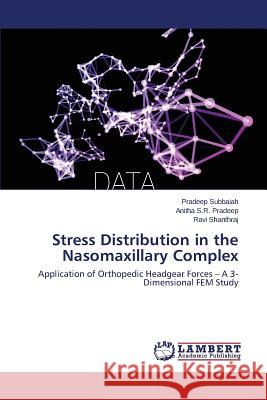Stress Distribution in the Nasomaxillary Complex » książka
Stress Distribution in the Nasomaxillary Complex
ISBN-13: 9783659741968 / Angielski / Miękka / 2015 / 108 str.
FEM is a powerful contemporary research tool that has been used to study the stress distribution of non living as well as natural and restored craniofacial structures affected by three dimensional stress fields, which are difficult to assess otherwise. The three dimensional FEM used in the present study provides the freedom to simulate orthodontic force systems applied clinically and allows analysis of the response of the craniofacial skeleton to the orthodontic loads in three dimensional space. The FE analysis has the following advantages: it is a non invasive technique; the actual amount of stress experienced at any given point can be theoretically measured; the tooth, alveolar bone, periodontal ligament and craniofacial bones can be simulated and the material properties of these structures can be assigned to the nearest one that possibly can simulate the clinical situation; the displacement of the tooth can be visualized graphically; the point of application, magnitude and direction of a force may be easily varied to simulate the clinical situation; reproducibility does not affect the physical properties of the involved material and the study can be repeated as many times.
FEM is a powerful contemporary research tool that has been used to study the stress distribution of non living as well as natural and restored craniofacial structures affected by three dimensional stress fields, which are difficult to assess otherwise. The three dimensional FEM used in the present study provides the freedom to simulate orthodontic force systems applied clinically and allows analysis of the response of the craniofacial skeleton to the orthodontic loads in three dimensional space. The FE analysis has the following advantages: it is a non invasive technique; the actual amount of stress experienced at any given point can be theoretically measured; the tooth, alveolar bone, periodontal ligament and craniofacial bones can be simulated and the material properties of these structures can be assigned to the nearest one that possibly can simulate the clinical situation; the displacement of the tooth can be visualized graphically; the point of application, magnitude and direction of a force may be easily varied to simulate the clinical situation; reproducibility does not affect the physical properties of the involved material and the study can be repeated as many times.











